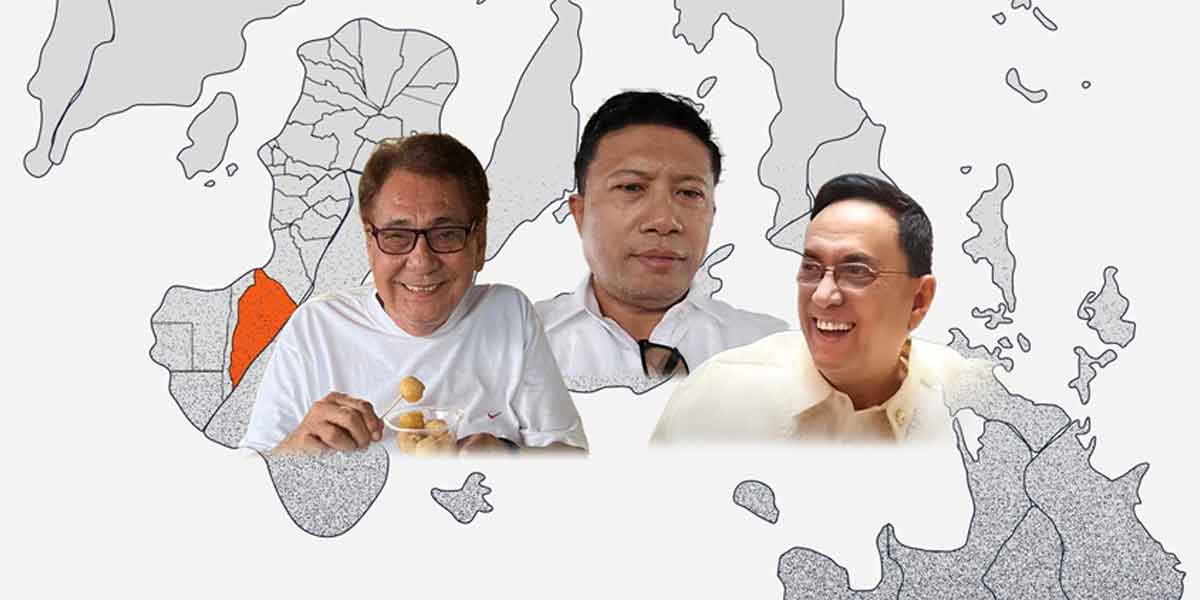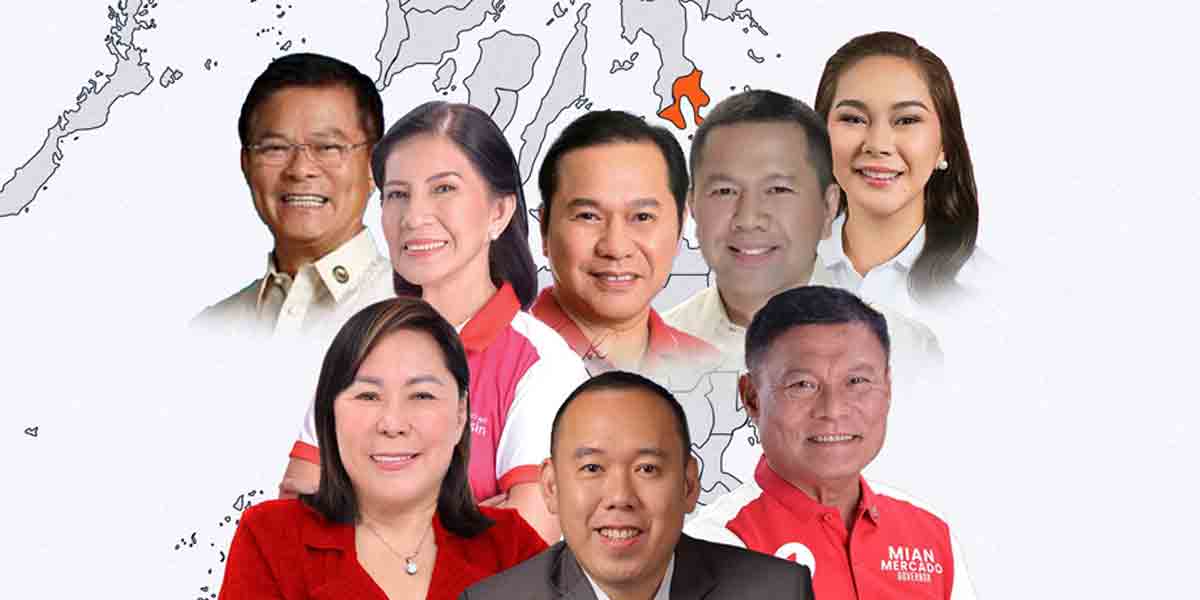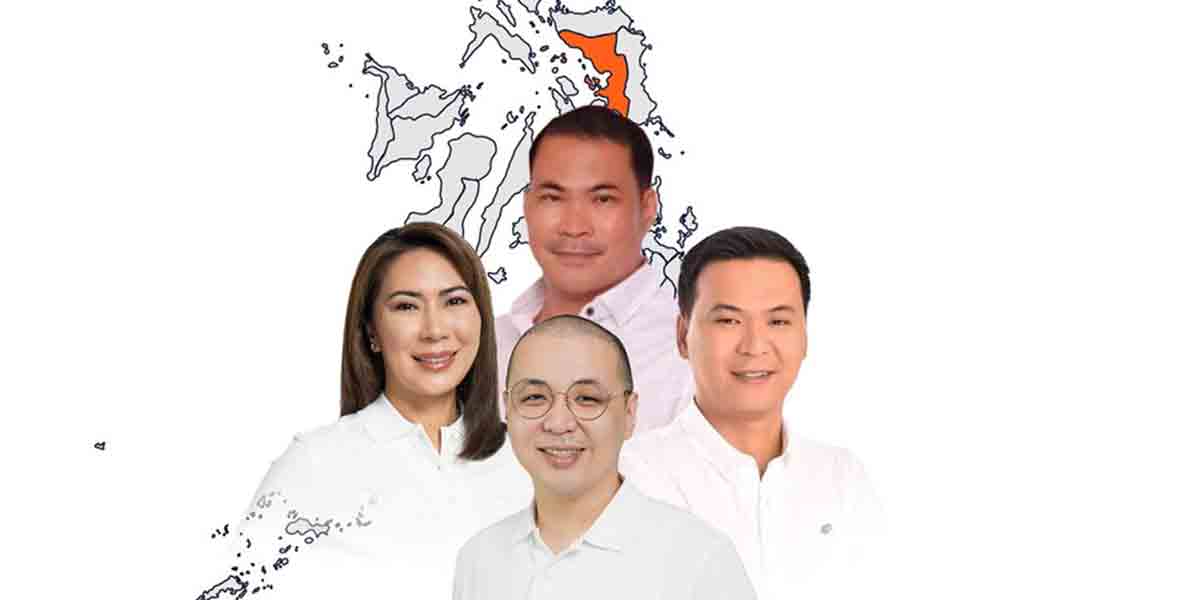 By Art Jimenez
By Art Jimenez
Blame game. Were it not for the coronavirus disease-2019 (COVID-19), the term “community quarantine” would not have entered our vocabulary and tweaked our collective psyche.
In an attempt to limit the spread of COVID-19 in the country, President Duterte on March 12, 2020 placed the National Capital Region on a partial quarantine from March 15 to April 15.
He followed this up on March 16 with Proclamation No. 929 placing the entire country under a “state of calamity” for six months, unless earlier lifted or extended. The Proclamation also imposed an “enhanced community quarantine” or ECQ, throughout Luzon from March 17 to April 12, a huge area that embraced the National Capital Region.
The President also empowered LGUs outside NCR to implement their version of a community quarantine via Executive Orders based on confirmed cases of infection. This involved the power to impose, lift, extended local lockdowns and curfews.
As a nationwide effect, schools were closed; most businesses were padlocked; all land and domestic sea and air transportation to and from NCR were shut down; mass transport within the region was allowed provided physical distancing was observed; curfew was imposed.
The foundation of our strong economic structure began to show cracks and finally resulted in a 16.5 percent drop in the country’s gross domestic product (GDP) in the first half of the year, the lowest since 1981. The jury is still out on our third quarter (July –September) GDP performance.
Iloilo City
Since June IATF has placed Iloilo City under three different community quarantine levels based on overall risks of being impacted by COVID-19: MGCQ, GCQ, and MECQ. We were under MGCQ (Modified General Community Quarantine) for most of June, July, August, and part of September.
From September 25 to October 9, our city was placed under MECQ (Modified Enhanced Community Quarantine). But just three days later on September 28, IATF had a change of heart and reclassified Iloilo City as GCQ (General Community Quarantine), the same level where we find ourselves in for the entire months of October and November.
But let us first define the acronyms before they turn our brains into noodles. Under the Omnibus Guidelines of the Task Force, MGCQ is the “transition phase between GCQ and the New Normal” when restrictions are relaxed and become less necessary, such as movements of people and transport, business operations, and presence of uniformed personnel to enforce community quarantine protocols.
GCQ is the stricter version of the MGCQ and, therefore, has more stringent restrictions on movements and gatherings of people, operating capacities for commerce and industries. Putting the three side-by-side would give this linear picture: GCQ àMGCQ àNew Normal.
On the other hand, “New Normal” is the emerging paradigm or standard of behavior that becomes almost second nature to people most possibly even after the pandemic. Examples are now the habitual wearing of masks whenever outside residence and frequent washing of hands with soap. Wearing a face shield is a third.
As already mentioned, for a fortnight ending October 9 Iloilo City was under MECQ, which is sandwiched between ECQ and GCQ. MECQ has stringent limits than GCQ on people’s movement, transportation, regulation of allowed industries, and provision of food and essential services. The connection looks like this: ECQ àMECQ àGCQ.
For its part, Enhanced Community Quarantine (ECQ) is the first kind of community quarantine that President Duterte imposed on Luzon and later applied to LGUs considered High-Risk in terms of COVID-19 attack. ECQ is the strictest of all community quarantines imposed
Completing the community quarantine links will show these tiers of community quarantine: ECQ àMECQ àGCQ àMGCQ àNew Normal.
Their corresponding risk levels are as follows: ECQ = Critical; MECQ = High Risk; GCQ = Moderate Risk; MGCQ = Low Risj; and New Normal = Minimal Risk.
It is the goal of Iloilo City and other LGUs to achieve a lower community quarantine status until it reaches New Normal status,
The last point is the focus of valid questions. How does IATF decide if an LGU is heading towards New Normal or backsliding to MECQ, for example? What COVID-19-related criteria does it use?
The IATF Board has some 29 members, of whom 20 are Cabinet members with a lone physician for a chairman and a PMAyer as co-chair. Are they qualified to assess or evaluate the performances of LGUs, say in Western Visayas, let alone the Philippines in so short a time like two weeks (as it previously did) and now a month?.
Western Visayas has 133 LGUs, of which 117 are municipalities, and 16, cities. Does the regional IATF have the expert manpower to do the quarantine level evaluation of all these LGUs in a month, or in previous months, every fortnight? How many such experts does IATF have in Western Visayas so that they can deliver accurate reports to their national counterparts?
How many doctor-consultants does the Task Force have aside from Dr. Tony Leachon who claimed he was removed rather than resigned?
To be concluded
























